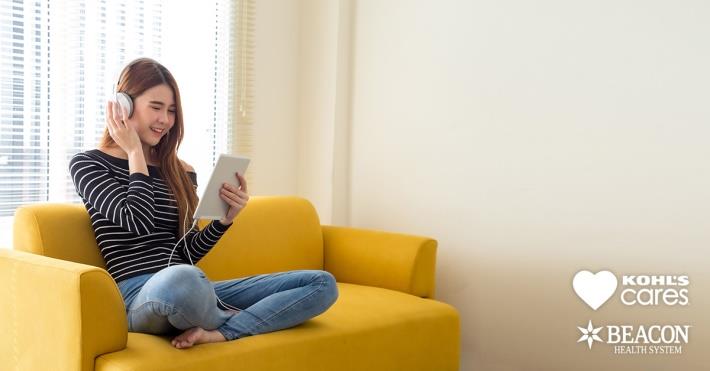Back to School in the Age of Coronavirus
As we adapt to a new normal in this time of great change, school districts across the country are considering both the logistical and ethical quandary of resuming in-person instruction or extending remote learning. Both options come with their own risks. To help you make an informed decision about your family’s safety and child’s quality of education, please review these considerations from the Centers for Disease Control and Prevention. Additionally, if your school district is continuing eLearning, see below for tips to enhance your child’s distance learning experience.
Return to In-Person Instruction vs. Virtual Learning
- Weigh the Risk – It is important for families to consider the risks involved of both in-person and virtual learning options. Every family’s situation is different. Consider those who live in your home and their health risks.
- Consider In-Person Instruction – Outside of a child’s home, schools have the most influence on the health and well-being of a child. In-person schooling provides education and structure for learning, supports social and emotional development, addresses nutritional needs and encourages physical activity. Prolonged school closure can be detrimental to a child’s mental health and can increase risk of a child engaging in unhealthy behaviors. While risk of virus transmission is higher for in-person instruction than virtual learning, current data from the CDC indicates that “rates of infection among younger school children, and from students to teachers, have been low, especially if proper precautions are followed.” These precautions include social distancing, cloth face coverings, hand hygiene, frequent cleaning and disinfection. For more from the CDC, click this link.
- Consider Virtual Learning Quality – Virtual learning reduces the risk of transmission of the virus with reduced contact. However, quality of e-learning varies by school district. If your school district is providing an option for virtual learning, consider the quality of the instruction that is done remotely. Consider your own capacity to support your child’s learning at home.
Make the Most of Remote Learning
If your school district is implementing remote learning for the upcoming school year, check out these tips to maximize your child’s learning from home.
- Establish routines and expectations – Help your child develop good habits and a flexible routine. Split the day into manageable chunks so your child can complete assignments from multiple subjects.
- Choose a good place to learn – Identify a regular learning space that is dedicated to school activities. Make sure to monitor your child’s learning and progress.
- Keep in touch – Stay in contact with your child’s teachers and counselors. If you have questions or concerns about your child’s virtual learning, they are the best resource.
- Find ways to connect – If your home does not have Wi-Fi connection, consult this map from South Bend Community School Corporation of WiFi hotspots in the South Bend area. Wifi availability is subject to change without notice: Click here to see South Bend Wifi Map.





